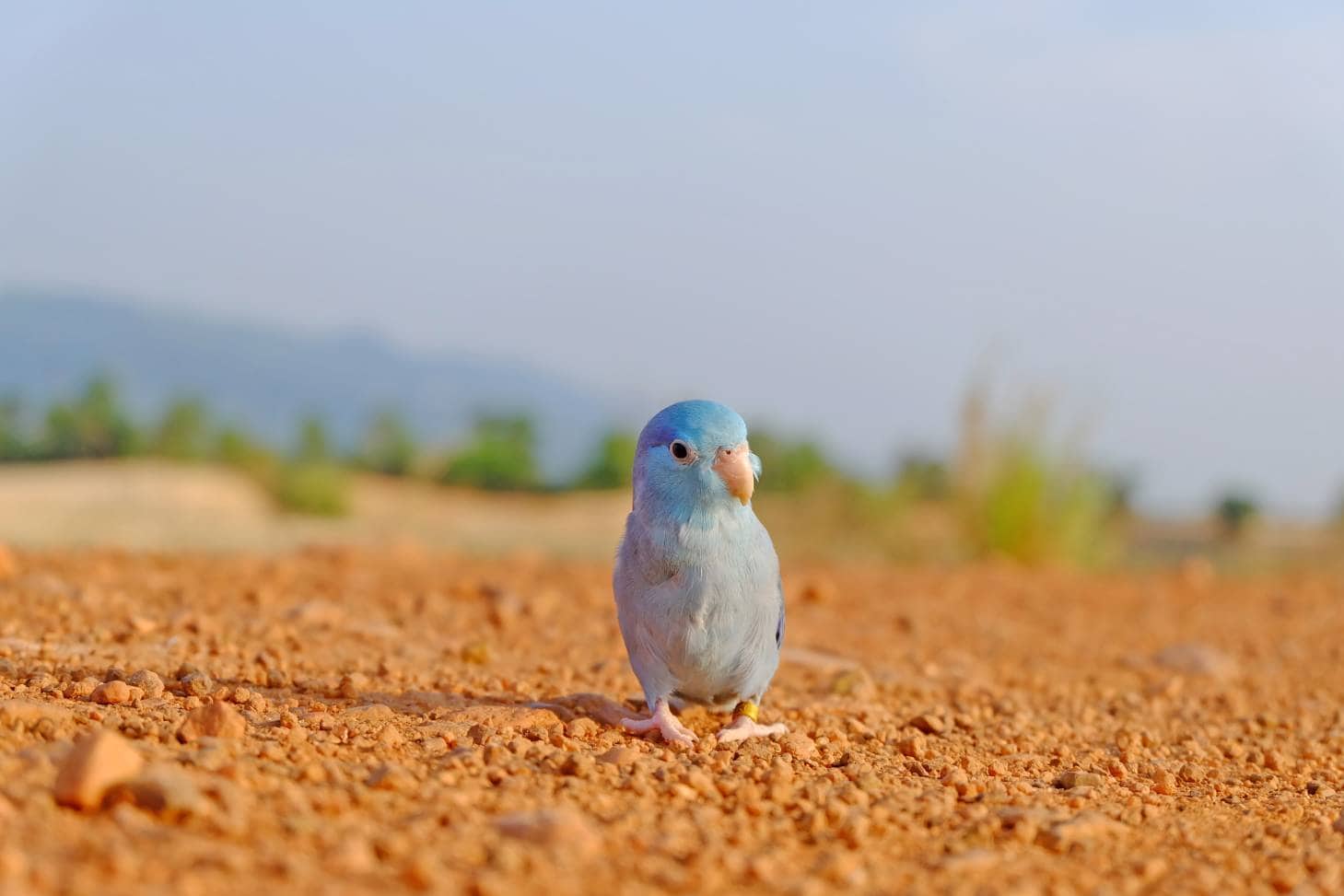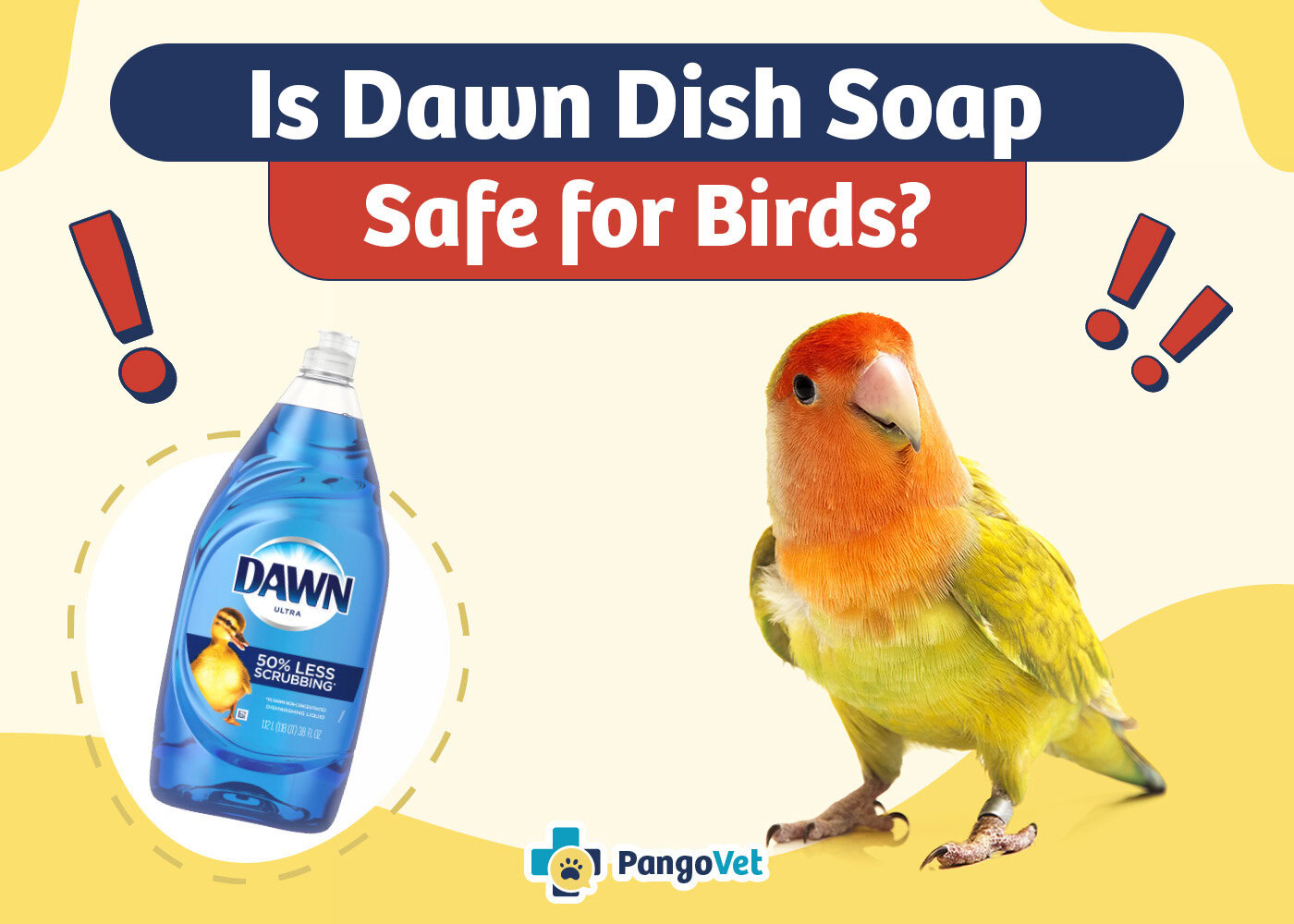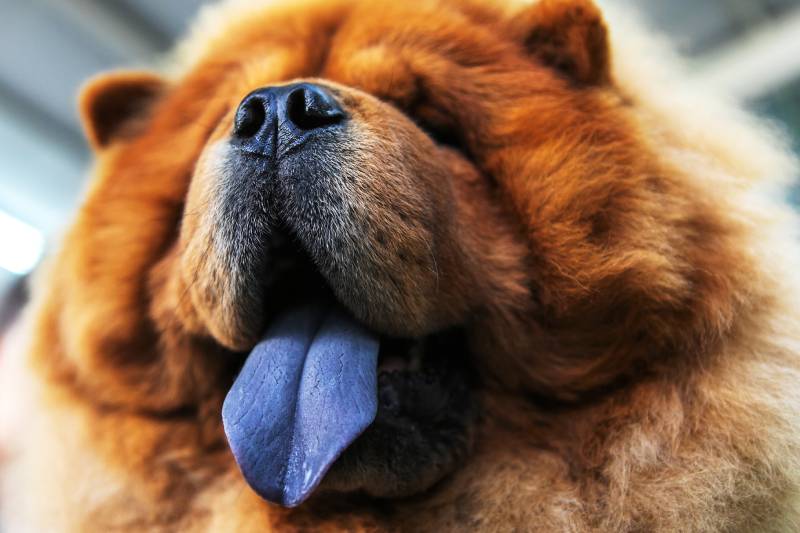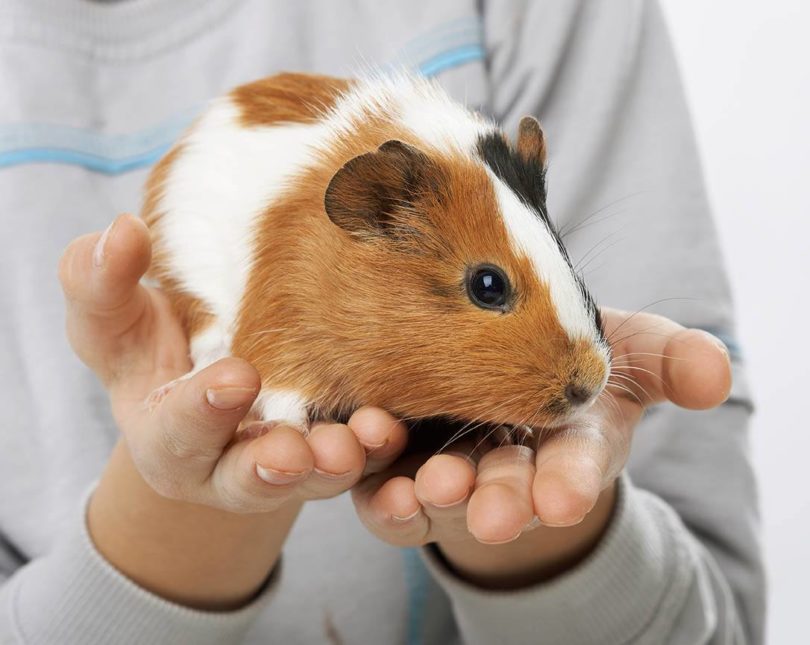Click to Skip Ahead
If you’re in the market for a parrotlet, you may be talking to breeders to find the bird that’s right for you and your family. As you may have noticed, breeders sell their young parrotlets at different ages, anywhere between 8 and 12 weeks.
If you’re wondering when it’s safe for a bird to leave their mother and come home with you, the answer isn’t straightforward. However, it is advised that you should not bring home a young parrotlet until it is completely weaned, generally between 6 and 10 weeks of age.
In this article, we will discuss what this means in more depth, as well as tips for what to do if your parrotlet regresses and whether or not you should adopt an older parrotlet.

What Does Weaning Mean?
When parrotlets are born, they are helpless. At the beginning of life, they are deaf, blind, and have no feathers. As a result, they rely entirely on their mother to feed them. Like other birds, adult parrotlets chew and regurgitate their food to feed their chicks. They do this because baby birds cannot break down their own food.
Chicks grow feathers in 4 weeks but cannot fly and are still learning to break down their food. They usually learn to fly before they can feed themselves. Being able to fly is an essential step in the process because the birds can find their own food and evade predators. The chick learns to be less reliant on their mother during the weaning process and learns to eat without their help. This process doesn’t happen overnight; the young parrotlet can take a week or two to be completely weaned.
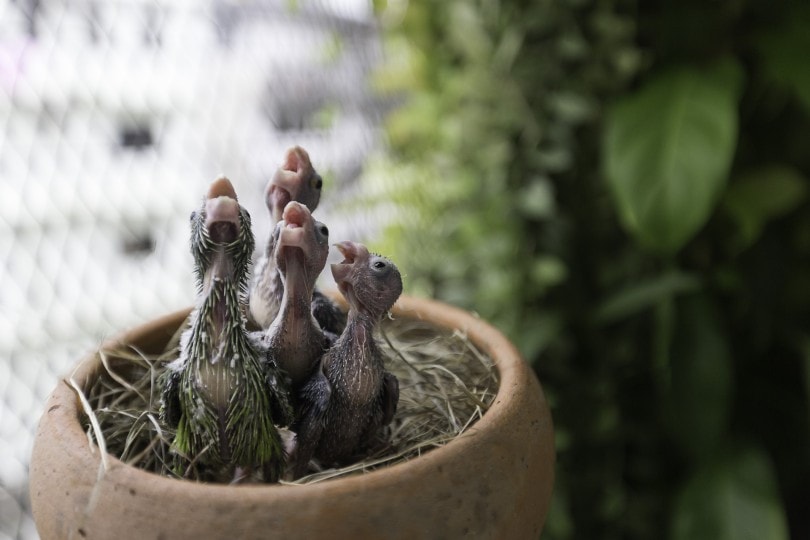
What Should I Do if My Baby Bird Regresses?
Sometimes, breeders sell young parrotlets shortly after they are weaned. When this happens, your pet might not eat much, even though they seem hungry. This phenomenon, called regression, can occur as a result of the stress a young parrotlet might experience when brought to a new environment.
- Related Read: How to Read Parrotlet Body Language
If your bird regresses, you must hand-feed them to ensure their nutritional needs are met. You can purchase a commercial hand-feeding formula for your young bird. You will also need a syringe and a food scale to help you portion out the formula. Make sure the syringe is small enough for your parrotlet; they are small birds, but at only about 2 months old, they are unlikely to reach an adult size.
Try to find out from your breeder how many feedings they received every day. This will help you figure out how much formula to serve. When it comes to feeding, place your bird on a table or another easy-to-reach surface with a towel underneath to mitigate spills. Your parrotlet will likely be accustomed to being fed with a syringe if they were hand-fed by a breeder or previous owner.
If your bird was fed by their mother, be careful when aiming the syringe. Birds have two external holes in their beaks: one that leads to the crop and one that leads to the lungs. Take care not to allow the formula to flow into the second hole that leads to your bird’s respiratory system; it can be very harmful.
Continue to offer regular bird food throughout the process of weaning so that your parrotlet will eventually stop needing to eat the formula. In addition to pellets, try offering other foods such as fruits, vegetables, and grains, such as millet, to broaden your parrotlet’s palate. Gradually reduce the number of formula feedings daily until your parrotlet is entirely off the formula.
- Related Read: How to Bond With Your Parrotlet (6 Proven Tips)
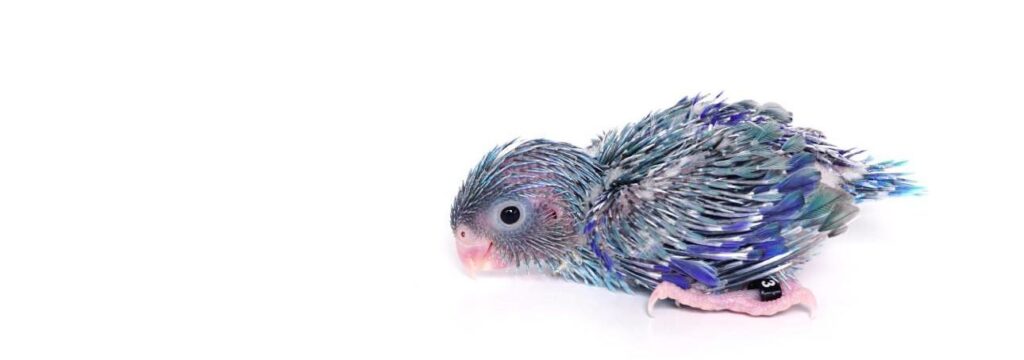
Is It a Good Idea to Adopt an Older Parrotlet?
While many families prefer to adopt young parrotlets, plenty of older birds are looking for homes. Parrotlets can live up to 20 years, so there are many reasons why a bird may be rehomed. For example, some birds are rehomed after their caregivers die or when a family cannot care for them.
While birds you find in shelters may be several years old, they likely still have many years left to live. Adopting an older parrotlet will allow them to have a comfortable home to live out the rest of their days.
Of course, some people rehome their parrotlets due to behavioral issues. If you are considering adopting an older parrotlet that has been previously owned, gather as much information as possible about the bird’s history and behaviors to determine if they are a good fit for your family.


Conclusion
If you want to know the optimum age for adopting a parrotlet, there is no correct answer. However, asking questions about a bird’s weaning process is essential before bringing them home. It’s best for the bird if they are entirely weaned before being moved to a new home; otherwise, there is a chance that they will regress.
Of course, if you are open to adopting a pet, many adult parrotlets need a good home. Whether they are 6 months old or 10 years old, adopted parrotlets can make excellent pets.
Featured Image Credit by Yokwar, Shutterstock
